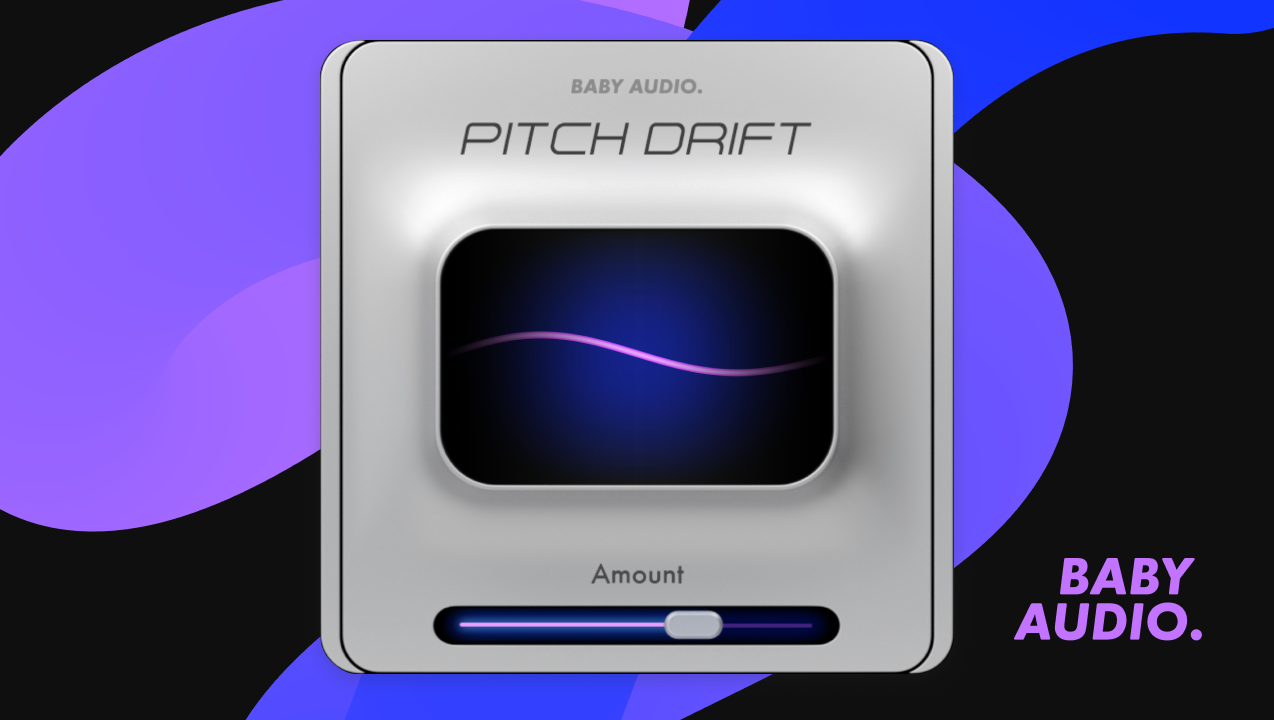Creating Presets for Atoms: Sound Design With Physical Modeling

This guest post is written by Christoph Strauss. Christoph is an audio engineer, freelance journalist and owner of soundchills.de. In this article he shares his take on sound design with Atoms.
Atoms is a complex physical modeling synthesizer that is yet simple to control. I have made a preset pack called “The Zen Expansion” for it and will not only share with you my method but hopefully also ignite your creativity.
Baby Audio have enriched the world of music makers and sound designers with the release of Atoms once again. The plugin is based on a unique take on physical modelling that specializes in otherworldy, dark, and melancholic sounds. I won’t get into the details of physical modelling at this point. Baby Audio have released a post as well as a deep-dive-video explaining it.
Move it, move it!
While reviewing it for my blog I really got to learn the ins and outs of it, the strengths and weaknesses. During the process I ended up creating an Expansion Pack (which anyone can do within Atoms) with 17 presets that Baby Audio and I are giving away on their Discord, so head over there!
Now, back to making presets. The most important thing to keep in mind when using Atoms is that the final sound heavily relies on the internal automations – but let’s start from the beginning.
Before jumping into the sound design, I decided what kind of sound I wanted (i.e. Pad, Bass, etc.) to have. Accordingly, I began setting a base sound. This was done by utilizing the upper four knobs for Chaos, Order, Force, and Overtones and pause all automation. Choosing the right profile can enhance the characteristics even more. Then, I would adjust the attack and release and experiment with the automation of said parameters. For “regular” sounds (excluding sound effects and such) I listened to a loop for a bit and made sure no unwanted artefacts occur, especially when not using synced automation.
Once happy with that, I added Drive and Filter to taste. Especially the filter will have a great impact on the audio and can, if automated, turn a long held note into a sequence, for example. In general, I found “Drift” to be a cool mode that can introduce subtle variations which keep things interesting but are not overwhelming.
My final step was to polish things up using Movement, Modulation, Vibrato, and Space. They add an organic feel and the latter places the sound in a desired distance.
Let’s sum things up
The beauty of sound creation lies in diversity. My approach on Atoms is one of many and I did jump back and forth between the above mentioned steps a lot. The combination of different automations brings out very interesting sounds that can be unpredictable. Although Atoms only has few parameters, a variety of complex sounds can be generated. As so often, experimenting is key.









